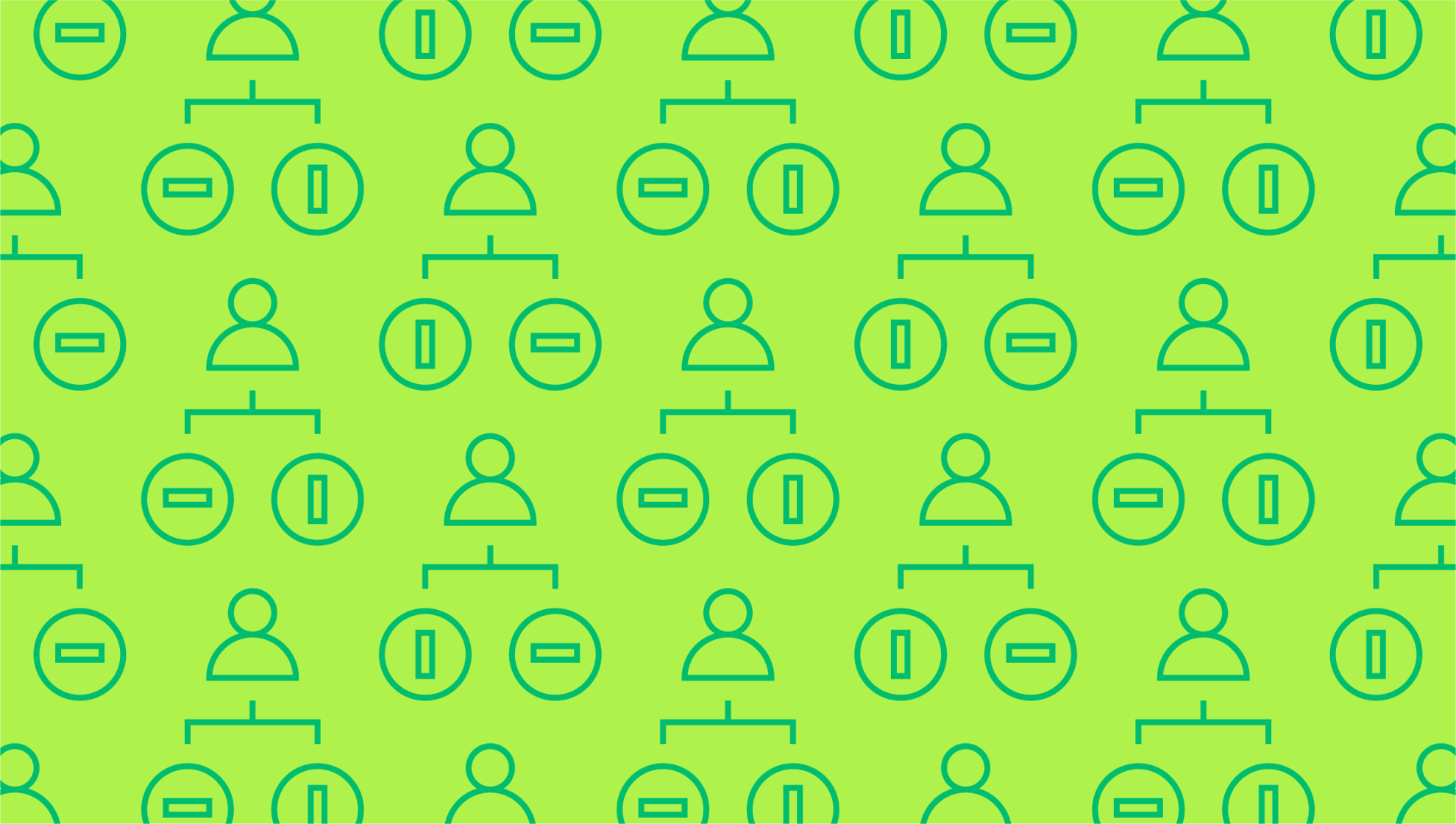Last editedMay 20213 min read
A new stimulus package, the American Rescue Plan Act of 2021, was announced by the US government in March 2021, the third to be passed amid the COVID-19 pandemic. The latest stimulus package totals $1.9 trillion, to be distributed across various areas, including reopening schools, funding tests and vaccines, supporting businesses and local governments, and more.
The new stimulus package includes direct payments of $1,400 for American citizens and residents earning less than $75,000. This follows $1,200 stimulus checks in Spring 2020 and $600 checks in December 2020 as part of the Coronavirus Aid, Relief, and Economic Security (CARES) Act.
Stimulus package meaning
A stimulus package is a set of economic actions and plans established by a government to help stabilize or reinvigorate the economy. A stimulus package generally involves an increase in government spending and a decrease in taxes and interest rates, and is usually employed as a way to either prevent or recover from the impacts of an economic recession.
A recession causes a decrease in private spending, so a stimulus package is introduced with the idea that an increase in government spending as a response to this decrease is one way to compensate and fill the economic gap that’s been formed.
Beyond the stimulus checks individuals might receive, a stimulus package might also include funding and support for businesses, communities, and sectors where particular support is needed.
The new stimulus package involves tax credits for families and low-income workers and introduces new initiatives like paid sick and family medical leave and small business grants. The American Rescue Plan also reserves $35 billion to go towards access to low-interest loans and clean energy investments.
Types of stimulus package
There are three main types of stimulus package: a monetary stimulus, a fiscal stimulus, and quantitative easing.
A monetary stimulus is when interest rates are cut, which in turn encourages more people to borrow and puts more money in circulation. Another result of lower interest rates may be the weakening of the exchange rate, which can lead to an increase in exports. Monetary stimulus describes actions taken by the central bank.
A fiscal stimulus might cut taxes, increase government spending, or both. This allows for an increase in disposable income, which leads to a surge in demand and production. It can involve investing in new initiatives and infrastructure, creating new public-sector jobs, and providing subsidies to both individuals, industries, and organizations. Increased government spending put towards business and the economy can decrease the unemployment rate too. Fiscal stimulus describes actions taken by the government.
A stimulus package might also take the form of quantitative easing, which involves the central bank of a country acquiring financial assets like bonds from other financial institutions, in order to expand excess reserves, encourage lending, lower yields and interest rates and increase the supply of money in circulation.
A stimulus package often offers various incentives and tax rebates in order to further boost spending, but this will usually only occur if the risk or impact is less severe than in the current conditions.
Is there a stimulus package for small business?
Included in the $1.9 trillion American Rescue Plan Act are a number of provisions designed to support small businesses.
The Paycheck Protection Program (PPP) was introduced under the CARES Act in March 2020, which has seen private lenders and credit unions, backed by the Small Business Administration (SBA) distribute over $700 billion in forgivable loans to small business owners. The American Rescue Plan Act adds a further $7.25 billion to the PPP.
The State Small Business Credit Initiative is a small business stimulus package that allocates $10 billion to state governments, which will be used to help small businesses recover from the pandemic.
The Economic Injury Disaster Loan program will award $15 billion in grants to small businesses in underserved areas, with particular attention given to women-owned and minority-owned businesses.
$29 billion has been allocated for a grant program specifically for restaurants, and $15 billion for owners of closed venues like museums, theaters and galleries forced to shut down.
A further $1.325 billion was added to the SBA budget for administering new recovery programs.
How do I get my stimulus payment?
You may now be eligible to receive Economic Impact Payments under the American Rescue Plan Act. In addition, you are still able to claim payments from last year via the 2020 Recover Rebate Credit if you didn’t receive any stimulus payments in 2020.
Payments are being sent in phases by direct deposit, check, or debit card, and should be made automatically. Use the IRS Get My Payment tool to view your payment status and find out when it's scheduled to occur.
We can help
GoCardless helps you automate payment collection, cutting down on the amount of admin your team needs to deal with when chasing invoices. Find out how GoCardless can help you with ad hoc payments or recurring payments.

